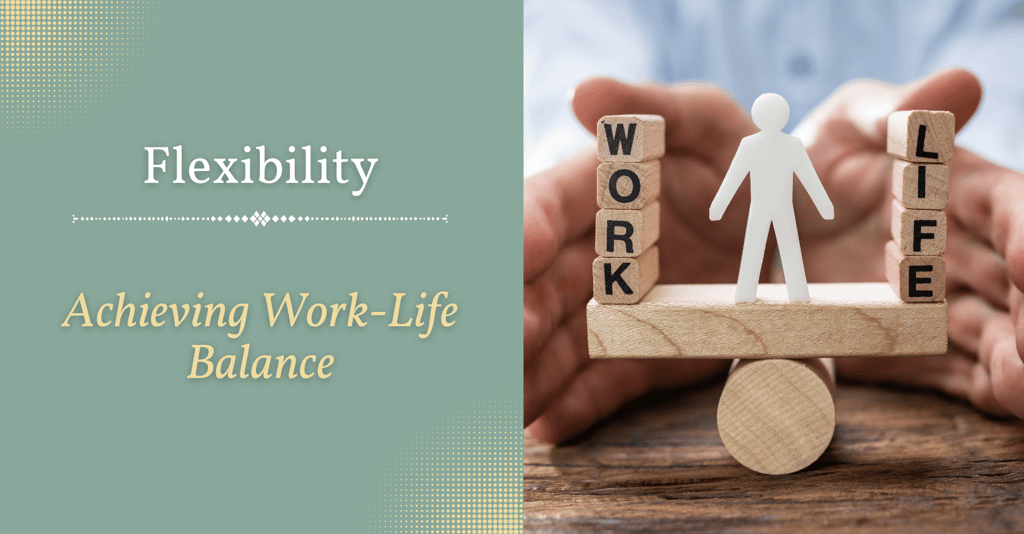Flexibility: The Key to Achieving Work-Life Balance
8/25/20232 min citit


In today's fast-paced world, you're faced with the challenge of achieving a harmonious balance between your work and personal life. The demands of your modern career, combined with your personal commitments, often lead to stress and burnout. However, you have a powerful strategy at your disposal: incorporating flexibility into your daily routines and work environment. Embracing flexibility isn't just a passing trend; it's an approach that can significantly contribute to promoting better work-life balance and enhancing your overall well-being.
Understanding Your Need for Work-Life Balance
You're no stranger to the concept of work-life balance—the delicate equilibrium between your professional responsibilities and personal life. The lines between work and personal life have become blurred due to technological advancements, allowing constant connectivity. As a result, the traditional 9-to-5 work schedule might not accurately match the demands of your modern life. This shift has raised concerns about the potential negative impact on your mental health, physical well-being, and relationships.
The Role that Flexibility Plays
Incorporating flexibility into your work arrangements is a vital strategy for promoting your work-life balance. Flexibility doesn't mean sacrificing productivity; instead, it involves rethinking how you structure and perform your work. This could encompass various approaches, such as having flexible working hours, the option to work remotely, compressed workweeks, or even job-sharing arrangements. When you have the autonomy to decide when and how you work, you can align your professional commitments more effectively with your personal life.
Benefits for You and Your Employer
The benefits of incorporating flexibility extend to both you and your employer. For you, flexibility empowers you to manage personal responsibilities like childcare, medical appointments, and other commitments more effectively. This empowerment leads to reduced stress levels, increased job satisfaction, and an improved overall sense of well-being. When you feel supported in managing both work and personal life, you're more likely to stay loyal to your organization and perform at your best.
Your employer also stands to gain significantly from embracing flexible work practices. Companies that prioritize work-life balance through flexibility tend to experience higher employee retention rates and lower absenteeism. Moreover, such organizations attract top talent seeking environments that value their holistic well-being. Furthermore, flexibility often translates into increased productivity, as you're more engaged and focused when you can structure your work in ways that suit your preferences and peak performance times.
Overcoming Challenges
While the benefits of flexibility are clear, challenges might arise when implementing these practices. Concerns about communication, team cohesion, and accountability may surface when employees work remotely or have unconventional schedules. However, these challenges can be managed through effective communication strategies, clear expectations, and the use of collaboration tools.
Moreover, shifting toward flexibility necessitates a cultural change within organizations. Leadership must lead by example and create an environment where results are prized over rigid adherence to traditional work structures. Training programs that educate employees and managers about the significance of work-life balance and navigating flexible work arrangements can ease this transition.
If you have any questions or need some assistance, feel free to submit a comment or send us a message here.
In Conclusion
Before you start lifting weights, it’s essential to prioritize your pre-workout routine. By avoiding these common pitfalls and considering your primary fitness goals, you can improve your workout performance, reduce the risk of injury, and achieve better results in the gym. Remember to warm up, stay hydrated, eat wisely, and maintain a positive mindset. With these habits in place, you’ll be well on your way to a safer and more effective weightlifting experience.
